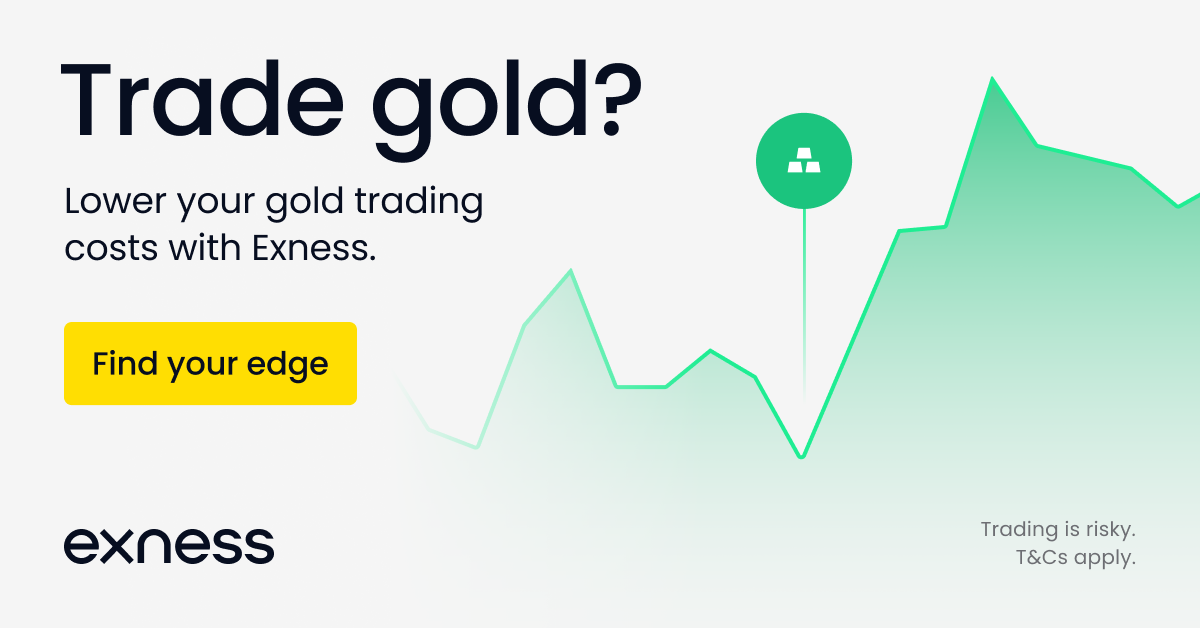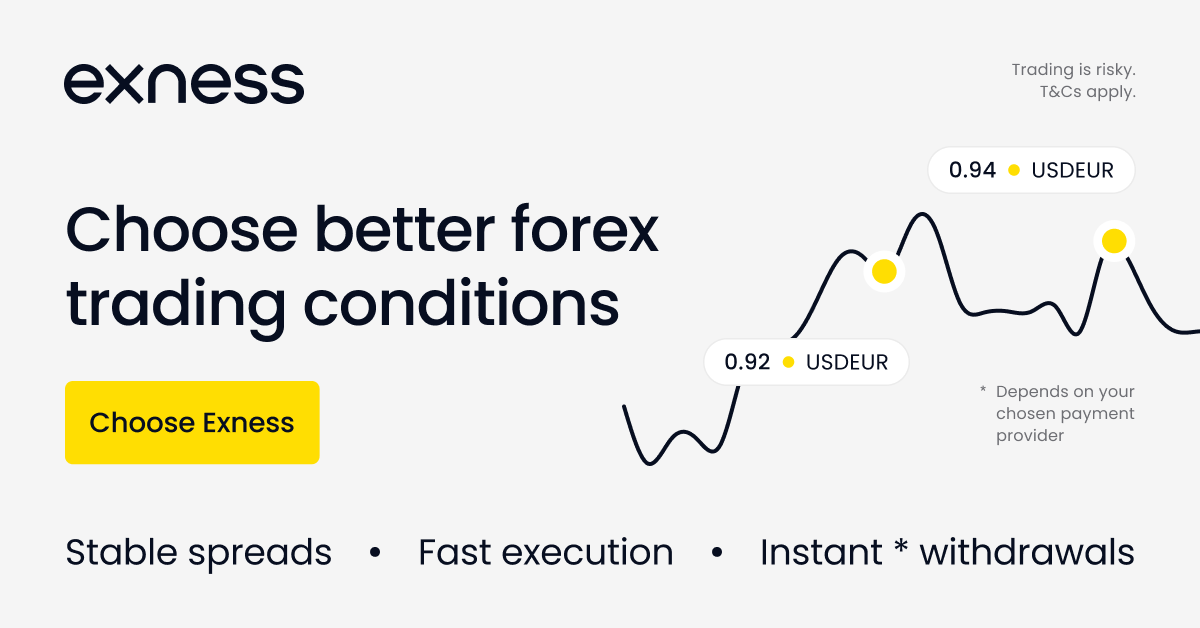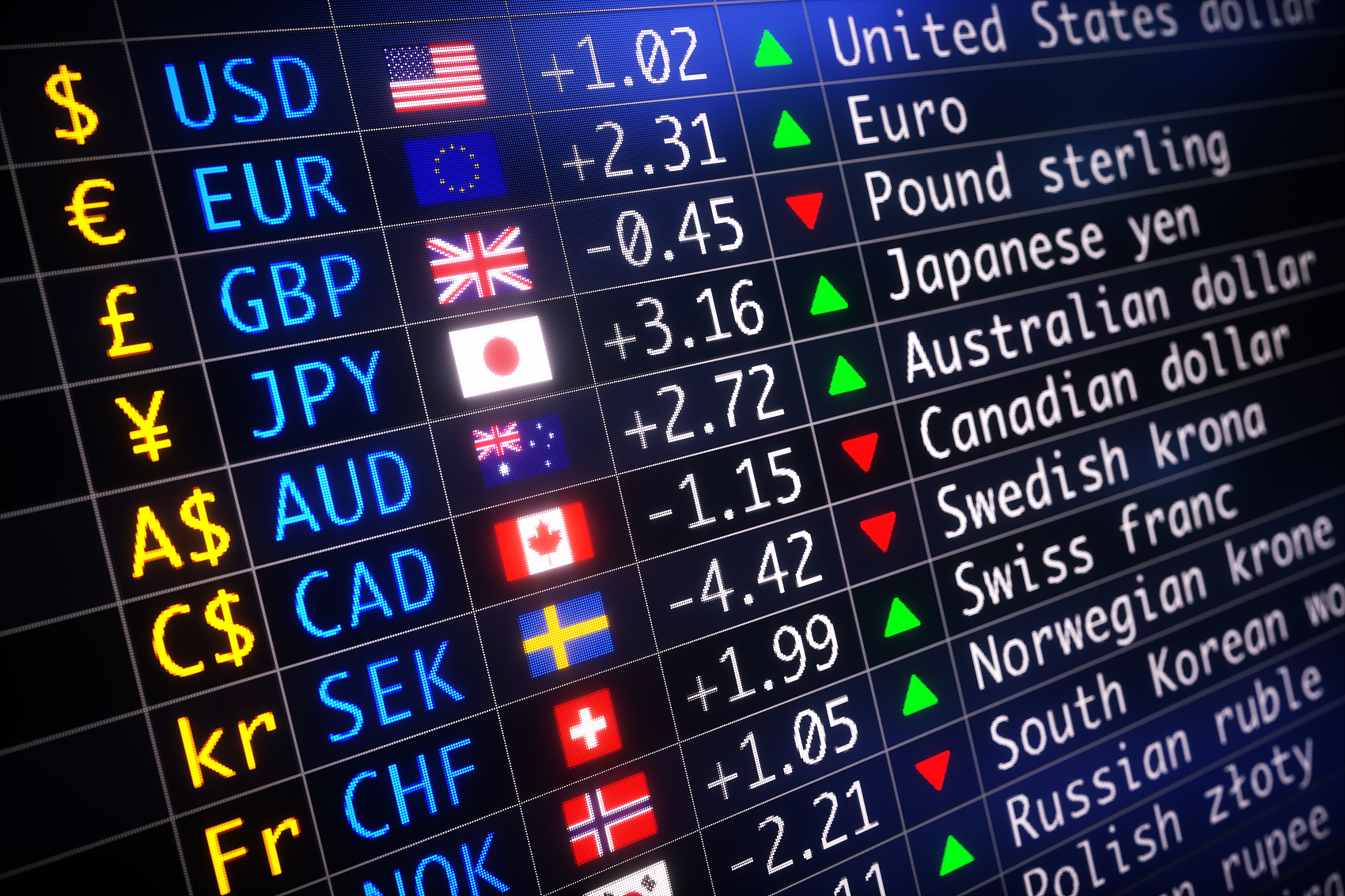Risk management is a critical aspect of Forex trading, essential for preserving capital and achieving long-term success in the highly volatile foreign exchange market. In this article, we will explore the importance of risk management strategies and techniques that traders can employ to mitigate risks effectively.
Position Sizing: Position sizing refers to determining the appropriate amount of capital to allocate to each trade based on risk tolerance and account size. Traders should avoid risking more than a predetermined percentage of their trading capital on any single trade, typically ranging from 1% to 2%. By adhering to proper position sizing principles, traders can limit the impact of potential losses on their overall account balance and avoid catastrophic drawdowns.
Stop-Loss Orders: Stop-loss orders are essential risk management tools that allow traders to set predefined exit points to limit potential losses. By placing stop-loss orders at strategic levels below or above entry points, traders can automatically exit losing positions before losses escalate beyond their predetermined risk threshold. Stop-loss orders help traders maintain discipline and prevent emotional decision-making in the face of adverse market conditions.
Diversification: Diversification involves spreading trading capital across multiple currency pairs and asset classes to reduce exposure to any single market or instrument. By diversifying their portfolios, traders can mitigate the impact of adverse price movements in a particular currency pair or asset class on their overall trading performance. Diversification allows traders to achieve a more balanced risk-return profile and minimize the correlation between trades.
Risk-Reward Ratio: The risk-reward ratio refers to the relationship between the potential reward of a trade and the amount of risk undertaken. Traders should aim for a favorable risk-reward ratio, typically at least 1:2 or higher, to ensure that potential profits outweigh potential losses. By maintaining a positive risk-reward ratio, traders can achieve consistent profitability over the long term, even if they experience a high percentage of losing trades.
Use of Leverage: While leverage can amplify potential profits, it also increases the level of risk in Forex trading. Traders should use leverage cautiously and avoid overleveraging their positions, as excessive leverage can lead to significant losses and even account depletion. By limiting the amount of leverage used and adhering to strict risk management principles, traders can minimize the impact of leverage on their trading performance.
Emotional Control: Emotional control is a crucial aspect of risk management, as emotional decision-making can lead to impulsive trading actions and irrational risk-taking behavior. Traders should maintain a disciplined approach to trading and avoid making decisions based on fear, greed, or other emotions. By staying calm and rational, traders can adhere to their risk management plans and avoid unnecessary losses.
Risk management is paramount in Forex trading, as it enables traders to protect their capital and navigate the challenges of the market effectively. By implementing proper risk management strategies such as position sizing, stop-loss orders, diversification, risk-reward ratio analysis, and emotional control, traders can minimize losses, preserve capital, and achieve long-term success in the dynamic world of Forex trading.









